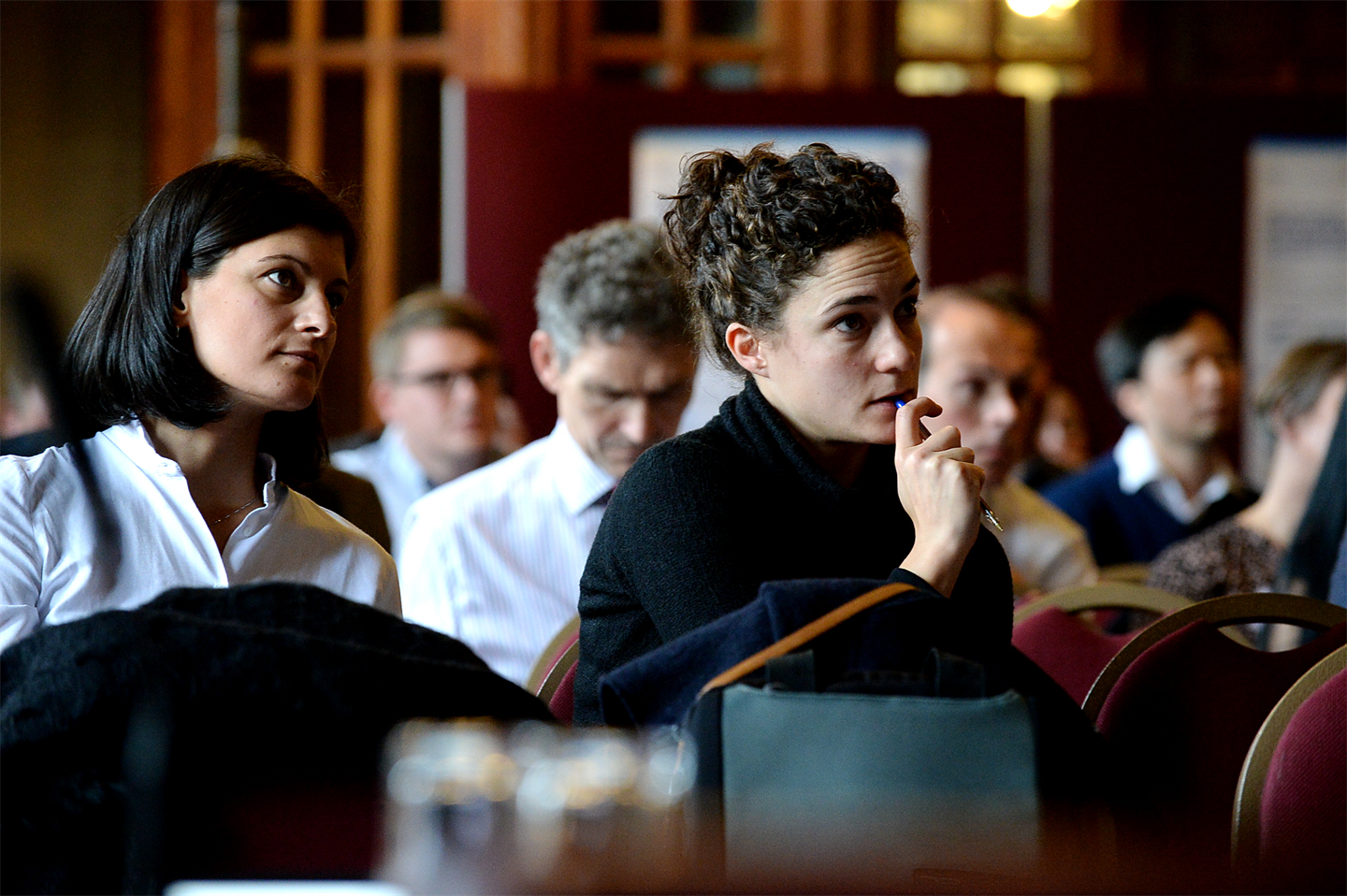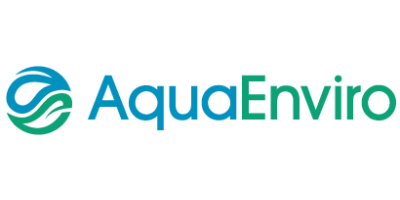

Aqua Enviro
- Home
- Companies & Suppliers
- Aqua Enviro
- Downloads
- Photosynthetic Microbes Programme
Photosynthetic Microbes Programme
The Potential of Photosynthetic Microbes as a Source of Energy in the UK Water Industry 27th June 2012, Aqua Enviro Training Suite, Wakefield Characterisation, selection and development of algal types and the processes involved in their reproduction Lucian Gill, Oceans ESU Ltd • Algal characterisation • Processes for growth • Processes for extraction of algal products The Sustainable production of biofuel using microalgae in the UK Water Industry Olumayowa Osundeko1, 2, Andrew P Dean1, Son Le3 and Jon Pittman1*University of Manchester and United Utilities Water Plc, • The challenges to using waste nutrients and other resources on sewage works to grow algae as a mean for solar energy capture in an economically and environmentally sustainable manner. • Isolation and characterisation of novel oil-rich microalgae species from wastewater secondary effluents for optimum biofuel production • Enhancement of biofuel productivities from oil-rich microalgae grown in wastewater by use of exhaust gases and heat from wastewater treatment and sludge digestion. Growth of Chlorella sorokiniana on Wastewater and Diesel Exhaust Gas' Marco Lizzul, University College London • Growth accomplished in wastewater, augmented with exhaust gas from a diesel engine. • Centrate and final effluent tested, compared to commercial media using a thermophilic algae, Chlorella sorokiniana. • Work will act as the scaled down preliminary work for a 60 L photobioreactor at UCL, designed to run on waste. Microbubbles: An energy efficient way to accelerate biomass utilization Will Zimmerman, Sheffield University • Microbubbles provide rapid gas exchange, which in pilot scale studies with steel plant stack gas dosed CO2 more rapidly and crucially stripped O2, removing oxygen inhibition, and leading to high growth rates. • Microbubbles for flotation separation have the potential to cut energy and capital costs by two orders of magnitude in algal dewatering / harvesting. • Microbubbles accelerate anaerobic digestion operation and strip acid gases, improving overall yields, sweeten the biogas, and can render the digestate pH neutral to avoid solids handling with costly drying processes. Purple bacteria - bringing sunlight into the water industry Dr Mark D Redwood, Unit of Functional Bionanomaterials, The University of Birmingham • Fuels and chemicals from Purple Bacteria • Properties of the Purple Bacteria and key similarities and differences from algae • Rates, efficiencies and yields- laboratory and practice • Opportunities for Purple Bacteria in the Water Industry • Dichroic beam-sharing; Combining algae and Purple Bacteria in the same space. Nutrient recovery and utilisation by algae using filtration systems Dr Robert Lovitt, Swansea University • Current problems with digestate recycling to land • Applications of cross-flow ceramic microfiltration for solids separation from digestate • Growth of algae on the liquid fraction of the filtered digestate • Optimising algal growth for efficient nutrient recovery Greenhouse gas emissions from microalgae cultivation and their implications on renewable energy production from algal biomass Miller Alonso Camargo-Valero, University of Leeds • Current status of microalgae-based products and services (biofuels, high value chemicals, pollution control and resource • The problems of nitrous oxide (N2O) emissions from microalgae recovery) and implications for GHG reduction • Controlling the synthesis of N2O by microalgae and quantifying the net contribution towards reducing GHG emissions of using algal biomass as a renewable source for fuel production.
Most popular related searches
